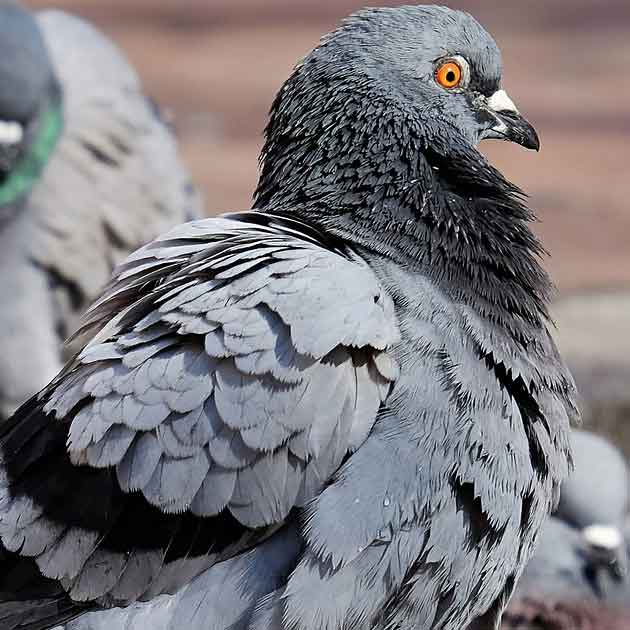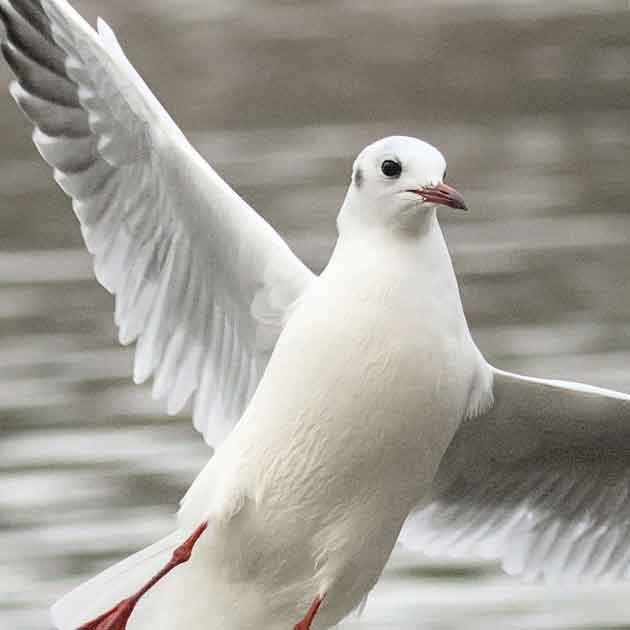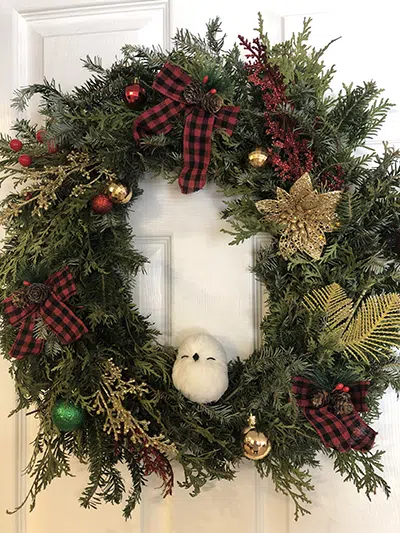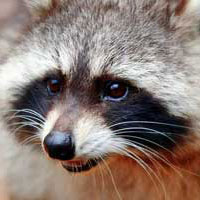
The Virginia or North American opossum (Didelphis virginiana) is the only marsupial native to Canada. The opossum, poorly adapted to severe cold, may be found in southern Ontario and the lower Fraser Valley, British Columbia.
Possums are slow-moving, with very sensitive hearing and sense of smell, and will adapt to any environment where food, water and and shelter is readily available.
Possum/Opossum Control
Preventative measures include securing waste, livestock feed, and Exclusion*. Control methods include Live Trapping*, Licensed Trapping*, Physical Capture*, Shooting*, Relocation*, and Destruction of the animal.
Please note that, in contrast to almost all other Ontario animal control operations, as a licensed furbearer trapping company we are able to employ all of these control methods INCLUDING relocation or permanent removal of captured possums.
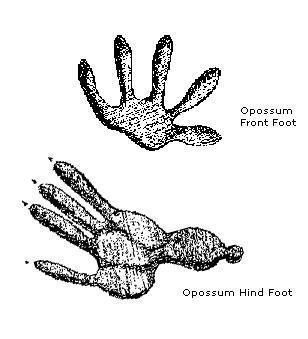
Identification
The opossum is most commonly gray, but can range in colour from white and cinnamon to black. It is easily recognized by its long, pointed nose, naked ears and tail. About the size of a house cat, adult possums weigh about 2-6 kg (4-14 lbs). They live alone, are active at night, and excellent climbers.
Opossum Damage
Opossums are usually more of a nuisance than a cause of serious economic losses. That said, Opossums are capable of transmitting a number of diseases. Although opossums can transmit rabies, they appear to be very resistant to the disease. Because opossums salivate heavily, people may assume they are rabid. Possums may also carry murine typhus, and the fleas that infest them can transmit the disease to people or pets. Attic and foundation vents should be screened to discourage opossums from taking up residence in and around the home.
Possum/Opossum Breeding
The pink, embryonic-looking young are born in an underdeveloped state after a gestation of 11-13 days; development continues in a pouch on the mother's belly. As they grow and the pouch becomes full, the juveniles then ride on the mother's back until they are old enough to go out on their own.
In Canada, one litter of up to 13 young each may be produced annually.


